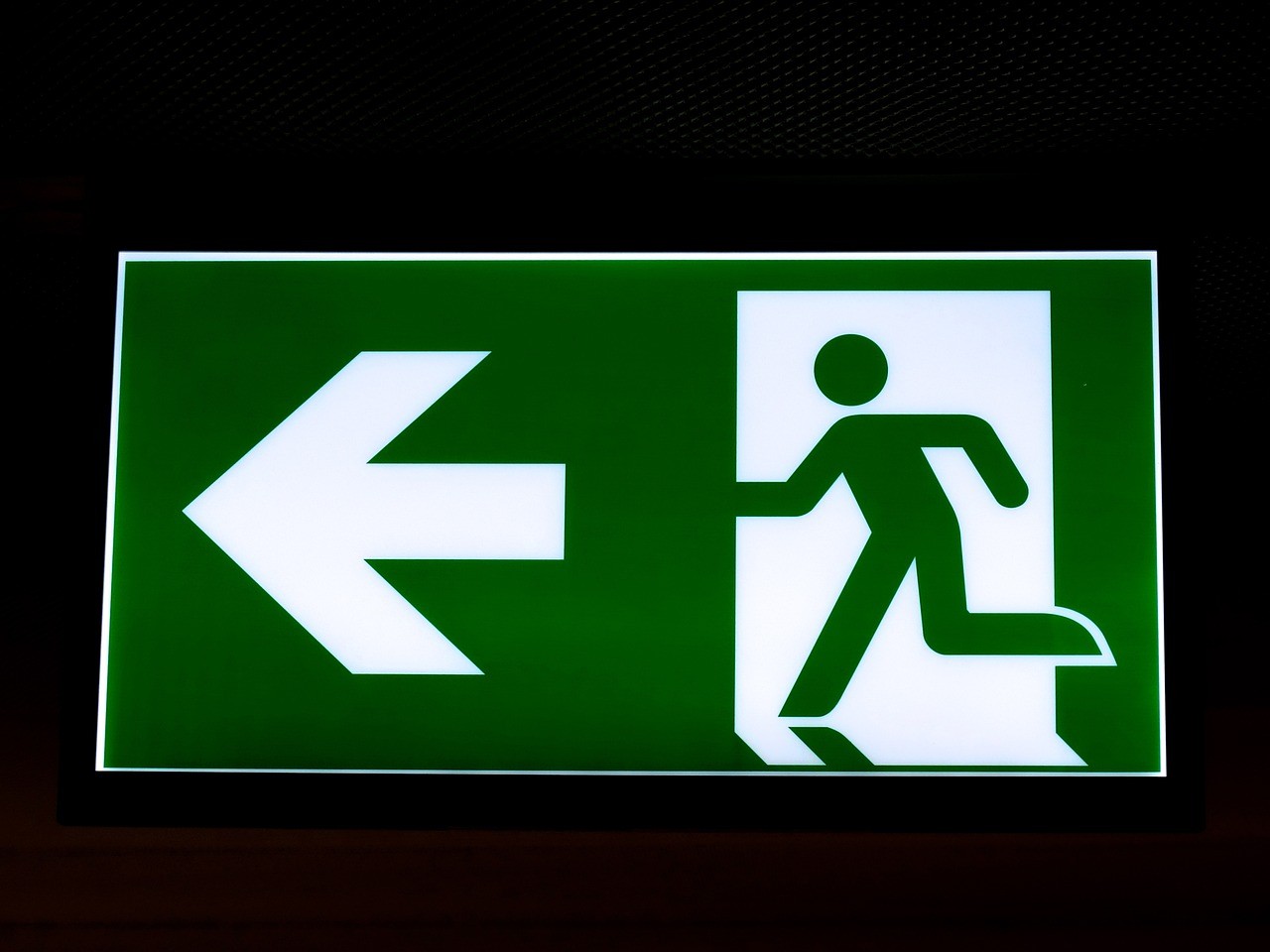
July 18, 2023, 6:00 am
Emergencies can happen unexpectedly, and being prepared is crucial for dental practices to ensure the safety of patients, staff, and the overall smooth operation of the practice. By implementing proactive measures and establishing emergency protocols, you can effectively handle emergencies and minimize potential risks.
- Risk Assessment and Emergency Planning:
Begin by conducting a comprehensive risk assessment of your dental practice. Identify potential emergency scenarios specific to your practice, such as fire, medical emergencies, natural disasters, or power outages. Consider your location and any unique risks associated with it. Once you have identified the potential risks, develop an emergency response plan that outlines specific procedures for each scenario. Ensure that the plan is clear, accessible, and well-communicated to all staff members.
- Emergency Equipment and Supplies:
Equip your dental practice with essential emergency equipment and supplies. This may include a well-stocked first aid kit, automated external defibrillator (AED), emergency oxygen, emergency medications, and emergency communication devices such as walkie-talkies or cell phones. Regularly check and maintain the equipment to ensure functionality and accessibility during emergencies. Train your staff on how to use the equipment effectively and where to locate it in the practice.
- Staff Training and Drills:
Regular staff training and emergency drills are vital for preparedness. Conduct regular training sessions to educate your team on emergency protocols, including how to recognize and respond to different emergency situations. Train staff members in first aid and CPR techniques to provide immediate assistance when needed. Schedule drills to practice emergency response scenarios, allowing staff to familiarize themselves with their roles and responsibilities during emergencies. Debrief after drills to identify areas for improvement and reinforce effective practices.
- Communication and Documentation:
Establish clear communication channels during emergencies. Ensure that your staff knows how to initiate emergency protocols and who to contact for help. Maintain a list of emergency contact numbers for local emergency services, nearby hospitals, and specialists who can assist during critical situations. Keep patient records and emergency contact information updated and easily accessible. Implement a system for documenting incidents and actions taken during emergencies for future reference and improvement.
- Evacuation and Sheltering Procedures:
Develop evacuation and sheltering procedures specific to your dental practice. Identify primary and alternative evacuation routes and assembly points. Ensure that exits are clearly marked, and staff members are familiar with evacuation procedures and protocols. Train your team on how to safely evacuate patients, including those with mobility challenges or special needs. Establish procedures for sheltering in place during emergencies when evacuation may not be necessary, such as during severe weather events.
- Collaborate with Local Emergency Services:
Establish a working relationship with local emergency services. Contact your local fire department, emergency medical services, and other relevant authorities to familiarize them with your practice location and emergency protocols. Provide them with a layout of your facility and any specific information they may need to respond effectively to emergencies. Collaborating with local emergency services enhances the coordination and response during critical situations.
- Regular Review and Updates:
Emergency preparedness is an ongoing process. Regularly review and update your emergency response plan based on changes in your practice, feedback from staff, or evolving industry guidelines. Stay informed about best practices in emergency management and incorporate them into your protocols. Schedule periodic drills and training sessions to reinforce emergency procedures and ensure staff readiness. By continually reviewing and updating your emergency preparedness, you maintain a proactive approach and adapt to changing circumstances.
Preparing your dental practice for emergencies is essential for ensuring the safety of your patients, staff, and the continuity of practice operations. By conducting a risk assessment, developing emergency response plans, equipping your practice with necessary supplies, providing staff training and drills, establishing clear communication channels, defining evacuation and sheltering procedures, collaborating with local emergency services, and regularly reviewing and updating your protocols, you can create a prepared and safe environment. Emergency preparedness instills confidence in your team and promotes a sense of security for patients. By being proactive, you can effectively handle emergencies and mitigate potential risks, ensuring the well-being of all involved.
